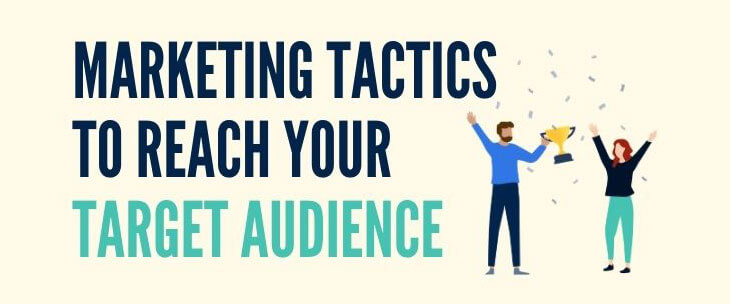At first glance, the Bing Ads interface might seem like the AdWords interface with a different font and color scheme. While to a great extent that is true, you should familiarize with the differences both in the interface and in the ads themselves. Some of the differences are sure to play a major role in your strategy.
1. Bing Ads allow you to budget on a monthly or daily basis
AdWords only allows the daily option. This is great for certain types of strategy and for mixed-media strategy. For instance, you might expect a base level of daily traffic that spikes for a few days after announcing your new product line in a radio ad. In that case, setting a monthly budget allows your company to benefit from the extra search volume on those days, without going over your monthly allowance.
2. Bing targeting options are different
Even if you are going to target the same areas as you target in AdWords, it’s best to review your settings. Radial targets, demographics, or even counties may not copy over to Bing correctly. It’s also important to recognize that targeting certain areas in AdWords may not work in Bing or vice versa.
Bing does offer a special feature that may be of particular interest to marketers with national and international targets: Time zone targeting. You assign a time zone to each campaign, and the campaign ad schedule will run based on that time zone. AdWords currently has no similar feature, instead running based on the time zone at the account level.
To illustrate: If your business is in California and you schedule in AdWords to run from 8AM-6PM, your ads will be seen in China from 8PM-6AM, and you might wonder why China is not clicking. If you scheduled a local time zone campaign in Bing for China, ads would run 8AM-6PM local China time (aka 8PM-6AM in California).
3. Longer headlines and ad copy in Bing
AdWords limits you to 25 characters in your headline and 2 lines of copy at 35 characters each. Bing allows 25 character headlines and a single line of 71 characters. Up to 71 characters total can be bumped up to the mainline ads (shared between the Headline and Line 1).
4. Desktop and tablet control
In some industries, mobile is king, but AdWords prevents you from eliminating computers. Bing allows you to reduce or even turn off computer bids. Bing also allows you to adjust bids on tablets, from -20% to +300%, where AdWords gives you no tablet options.
5. Extensions differ
AdWords features Sitelinks, location extensions, call extensions, app extensions, review extensions, callout extensions, structured snippets, and automated extensions. Bing only has sitelink, call, location, application and enhanced extensions.
While Bing extensions are fewer, they have some ease of use built in. For instance:
- In newer AdWords accounts, you are forced to create a Google My Business account in order to have your location show up in search results and to appear on map search results. Bing Ads let you type in your address, no having to go through some extra product.
- AdWords is extremely selective about what reviews you can post, while Bing has a larger variety of acceptable options.
- Bing enhanced extensions often make more sense to the searcher and in relate to the query. In both cases, without a solid website, enhanced extensions will not be of much use.
Happy Binging!

Logical Position, an Inc. 500 digital agency supporting 5,000+ clients across North America. LP is the proud recipient of Google’s Lead Generation Premier Partner of the Year and Microsoft's Global Channel Partner of the Year 2024! The award-winning agency offers full-service PPC management, SEO, Paid Social, Amazon and Creative Services for businesses large and small. As a Google Premier Partner, Microsoft Elite Partner & Meta Business Partner, LP is in the top 1% of ad spend managed across platforms.



